Cold Hardy Annuals – Choosing Annual Plants For Cold Climates


Cold hardy annuals are a great way to extend the color in your garden into the cool months of spring and fall. In warmer climates, they’ll even last through winter. Keep reading to learn more about good annual plants for cold climates.
Cold Tolerant Annuals
It’s important to understand the difference between cold-tolerant annuals and perennials. Annuals get their name because their natural life cycle lasts for just one growing season. They won’t live through winter like cold hardy perennials will. That being said, they will last much longer into the cold season than tender annuals, and may actually thrive in cool weather. If you’re growing cold hardy annual flowers, you can’t go wrong with these annuals that tolerate the cold:
- Calendula
- Dianthus
- English Daisy
- Forget Me Not
- Clarkia
- Pansy
- Snapdragon
- Stock
- Sweet Alyssum
- Sweet Pea
- Viola
- Wallflower
These cold-tolerant annuals can be planted outside in early spring or late summer to provide bright colors at a time when more tender annuals can’t survive. Some other cold-tolerant annuals can be sown directly in the ground as seeds before the last frost of the spring. These flowering plants include:
Additional Annuals That Tolerate Cold
When selecting cold hardy annuals, nothing says you have to draw the line at flowers. Some vegetables are very tolerant of the cold and provide welcome, intense color. These vegetables can be started early in the spring before the last frost, or in late summer to last through several frosts well into the fall. Some good choices include:
If you live in a climate that experiences light to no winter frosts, these plants will do best planted in the fall to grow through the cool months of winter.
Gardening tips, videos, info and more delivered right to your inbox!
Sign up for the Gardening Know How newsletter today and receive a free download of our most popular eBook "How to Grow Delicious Tomatoes."

The only child of a horticulturist and an English teacher, Liz Baessler was destined to become a gardening editor. She has been with Gardening Know how since 2015, and a Senior Editor since 2020. She holds a BA in English from Brandeis University and an MA in English from the University of Geneva, Switzerland. After years of gardening in containers and community garden plots, she finally has a backyard of her own, which she is systematically filling with vegetables and flowers.
-
 10 Best Apartment Plants To Turn Your Small Space Into An Oasis
10 Best Apartment Plants To Turn Your Small Space Into An OasisThe best apartment plants can lend an ambience of the tropics, brighten up a space, or add a touch of drama, and turn an apartment into a relaxing oasis.
By Amy Grant
-
 Grow a Bathroom Oasis: 8 Best Bathroom Plants With No Light or Low Light
Grow a Bathroom Oasis: 8 Best Bathroom Plants With No Light or Low LightSome apartment dwellers grow the best bathroom plants with no light or low light. Read how one of our favorite plant lovers does it in the big city.
By Teo Spengler
-
 20 Hard-to-Find Spring Flowers & Plants That Look Amazing All Season
20 Hard-to-Find Spring Flowers & Plants That Look Amazing All SeasonIt’s finally beginning to look like spring! If you’re eager to find some unique, hard-to-find varietals to satisfy your spring fever, look here first.
By Caroline Bloomfield
-
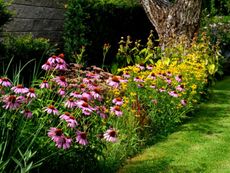 How Wildflower Strips Help Attract Pollinators To Your Yard
How Wildflower Strips Help Attract Pollinators To Your YardIf you have a small garden spot or strip available, fill it with wildflowers for our hungry pollinators. Click to learn more.
By Tonya Barnett
-
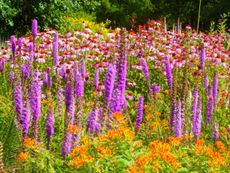 10 Knockout Native Flowers For A Punch Of Color
10 Knockout Native Flowers For A Punch Of ColorGrowing native is the way to go. See our list of ten native wildflowers that will knock you out with color.
By Amy Grant
-
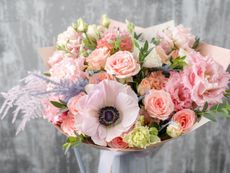 Pretty Plants For A Pastel Flower Bouquet
Pretty Plants For A Pastel Flower BouquetRoses aren’t the only romantic flower. Some romantic pastel flowers can fill in beautifully.
By Tonya Barnett
-
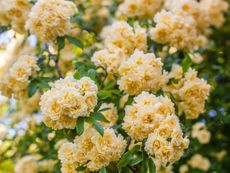 Soft Yellow Plants For A Sunny Pastel Garden
Soft Yellow Plants For A Sunny Pastel GardenClick here for ideas on some pale yellow flower varieties for pastel garden designs.
By Tonya Barnett
-
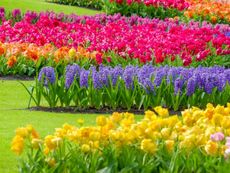 Most Common Flower Color In The World
Most Common Flower Color In The WorldWhat are the most common and least common flower colors in the world? Click here to find out.
By Mary Ellen Ellis
-
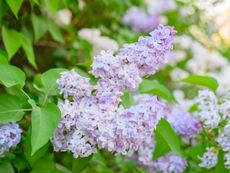 Pastel Plants For A Lovely, Light Purple Flower Garden
Pastel Plants For A Lovely, Light Purple Flower GardenClick here for ideas on some light purple plants for a pretty, pastel garden display.
By Tonya Barnett
-
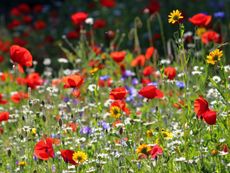 Plant Wildflower Seeds In Fall for A Stunning Spring Display
Plant Wildflower Seeds In Fall for A Stunning Spring DisplayCan you plant wildflower seeds in fall? What makes fall the best time to sow wildflower seeds? Click here for more.
By Tonya Barnett